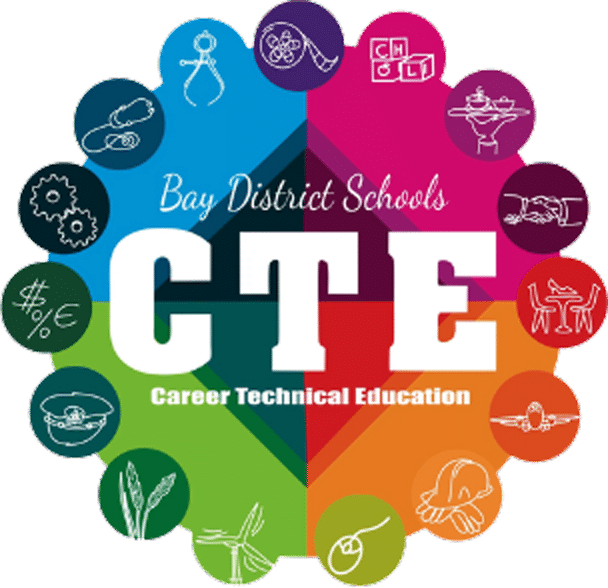When people think of manufacturing, many imagine factories, machines, and products rolling off an assembly line. But today’s advanced manufacturing is powered by high tech, data, automation, and innovation. It’s a world where engineers, technologists, and technicians work side by side—and students who choose these pathways are building skills for the future.
Advanced manufacturing means more than just making things. It means using modern tools, systems, and processes to do it smarter, faster, and with higher quality. Some features include:
In short, advanced manufacturing is where engineering, computer science, and hands-on trade skills converge.
Florida is growing its advanced manufacturing sector rapidly. According to a March 2025 Florida Commerce Report, manufacturing is a key part of Florida’s economy, and the state is encouraging higher-value, technologically sophisticated manufacturing activity. (FloridaCommerce, 2025)
A strong example in our region: Pensacola was chosen for a satellite facility of LIFT (an advanced manufacturing innovation institute). This new center will bring high-tech research, development, and talent training to Northwest Florida. (Pensacola State College, 2024)
These developments present opportunities for local students: new jobs, innovation hubs, and pathways to work in cutting-edge industries without leaving home.
Here are some of the roles and pathways students might explore:
|
Career / Role |
What They Do |
Skills & Tools They Use |
| CNC operator/machinist | Program and run machines that cut or shape parts | Computer-aided design (CAD), G-code, and precision measuring |
| Automation technician | Maintain, repair, and program robots |
PLCs (programmable logic controllers), sensors, and wiring |
| Quality control/testing | Inspect products, run tests, and ensure standards | Metrology tools, statistical analysis, and lab equipment |
| Manufacturing engineer | Design efficient processes and systems | Process modeling, optimization, and simulation tools |
| Materials/composites tech | Help select and test advanced materials | Lab testing, materials science principles |
| Data/software specialist | Use data to monitor machines and production | Sensors, dashboards, software, IoT systems |
In advanced manufacturing, many of these jobs combine technical knowledge with the type of hands-on problem-solving found in skilled trades.
To link classrooms with these technology-driven careers, our students are participating in:
In our district, as students explore skilled trades and construction, layering in advanced manufacturing concepts widens their options and strengthens their skill sets.
These activities help students move from learning theory to seeing innovation firsthand.
Advanced manufacturing proves that technology and skilled trades are not separate—they’re intertwined. Today’s factories and production lines are full of computer interfaces, smart machines, and digital controls. Students who gain competence in both technical thinking and hands-on skills will be well-positioned in a world that values innovation, precision, and adaptability.
As we continue our series this October during Manufacturing & Cybersecurity Awareness Month, let’s highlight how these technology-driven pathways open doors to high-demand, high-paying careers—right here in our region.


Copyright © 2025 Bay District Schools Career & Technical Education I All Rights Reserved I Designed by Aaron Rich Marketing